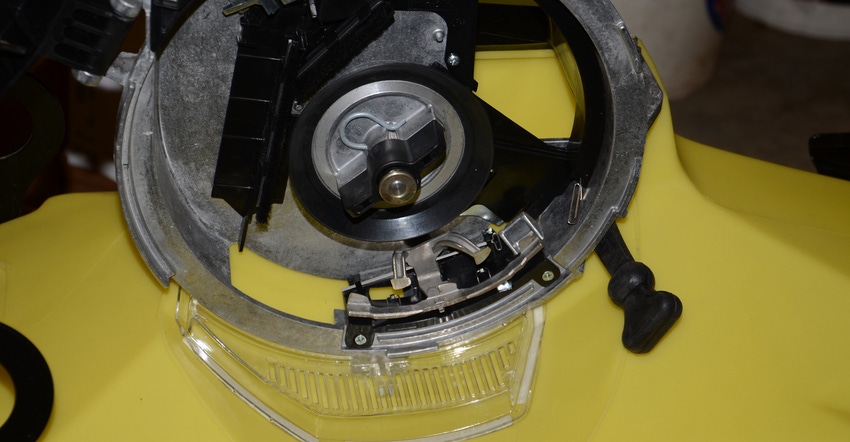
If you haven’t done much upgrading to your planter and you want to take advantage of new precision technology, where should you start? What is the first thing you should invest in?
Travis Kohrman is all about return on investment for dollars spent to upgrade technology. Kohrman, St. Paul, is a precision technology specialist for Xperience Ag.
“The first place I would put my money is to upgrade row units so you have clutches and automatic shutoff capability,” he says. “You can see a quick payback from dollars spent to upgrade planter units with this capability.”
Kohrman has seen good results upgrading row units with vSet meters from Precision Planting. “I’ve seen results that show you can expect 1.7% better seed singulation with these meters compared to conventional row units. That may not sound like much until you discover that a 1% change in singulation can amount to 3 bushels more corn per acre in the field.”
Quick payback with better singulation
Singulation refers to dropping a single seed every time one seed is supposed to drop. If a seed doesn’t drop, or if two drop instead of one, then singulation is no longer 100% accurate.
“I’ve seen finger-pickup units come off test stands at 96% to 97% singulation, and you think they’re ready to go,” he says. “Once you see what 98% to 99% singulation looks like, then you realize that is an important difference.”
A couple of years ago, Pete Illingworth, planter operator at Purdue University’s Throckmorton farm, thought he was getting good stands. Then, through a cooperative project with Indiana Prairie Farmer and Precision Planting, he installed a 20/20 SeedSense monitor that provides information on singulation.
“We were only getting about 96%,” he recalls. “You can’t tell it that easily from the tractor cab. It looked OK to me. Once I made adjustments and bumped up the singulation, the stand improved considerably.”
Other monitors currently available provide singulation information. However, many standard monitors operating with lots of planters today still don’t provide that information,
If a 1% improvement in singulation of seed produces 3 more bushels per acre, that’s 3,000 bushels over 1,000 acres, or in excess of $10,000 extra revenue. That’s why Kohrman says the payback can be pretty quick in this situation.
Save seed, save money
The ability to shut off a row immediately, preventing dribbling of seed on the ends or point rows, also results in important savings quickly. This time you’re saving money instead of generating more revenue, Kohrman notes.
“Some people think that it only helps if you have lots of irregular-shaped fields with point rows,” he says. “That’s simply not true. It helps there, but it also saves a lot more seed than most people realize even if you’re planting in a rectangular field. The savings comes from not dropping extra seed on the end rows.
“Some people don’t realize how much money they can actually save until they finish planting and have seed left over at the end of the season,” he observes. “When they have seed to return just because they lost less seed, they realize that it can be a pretty big deal.”
About the Author(s)
You May Also Like




